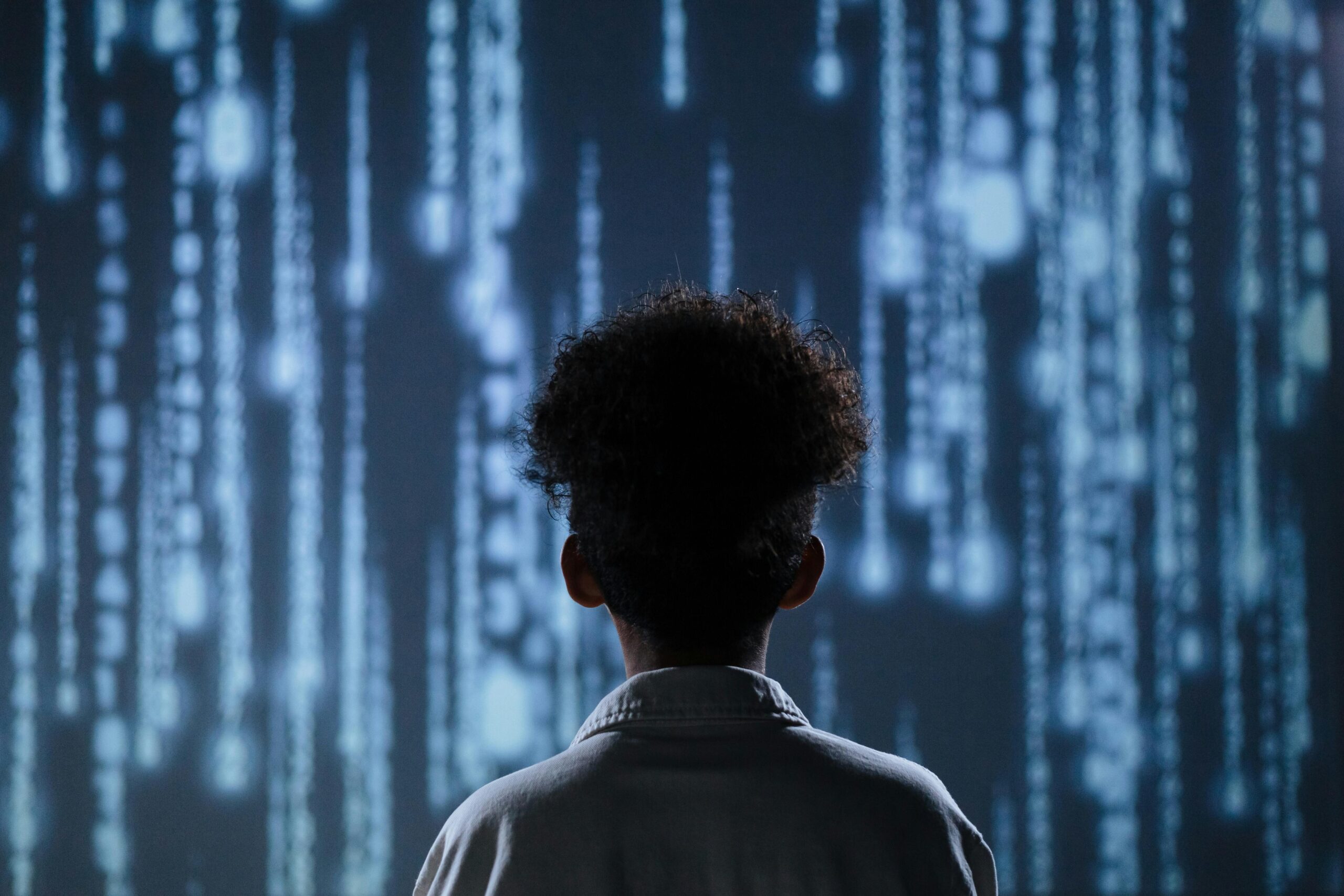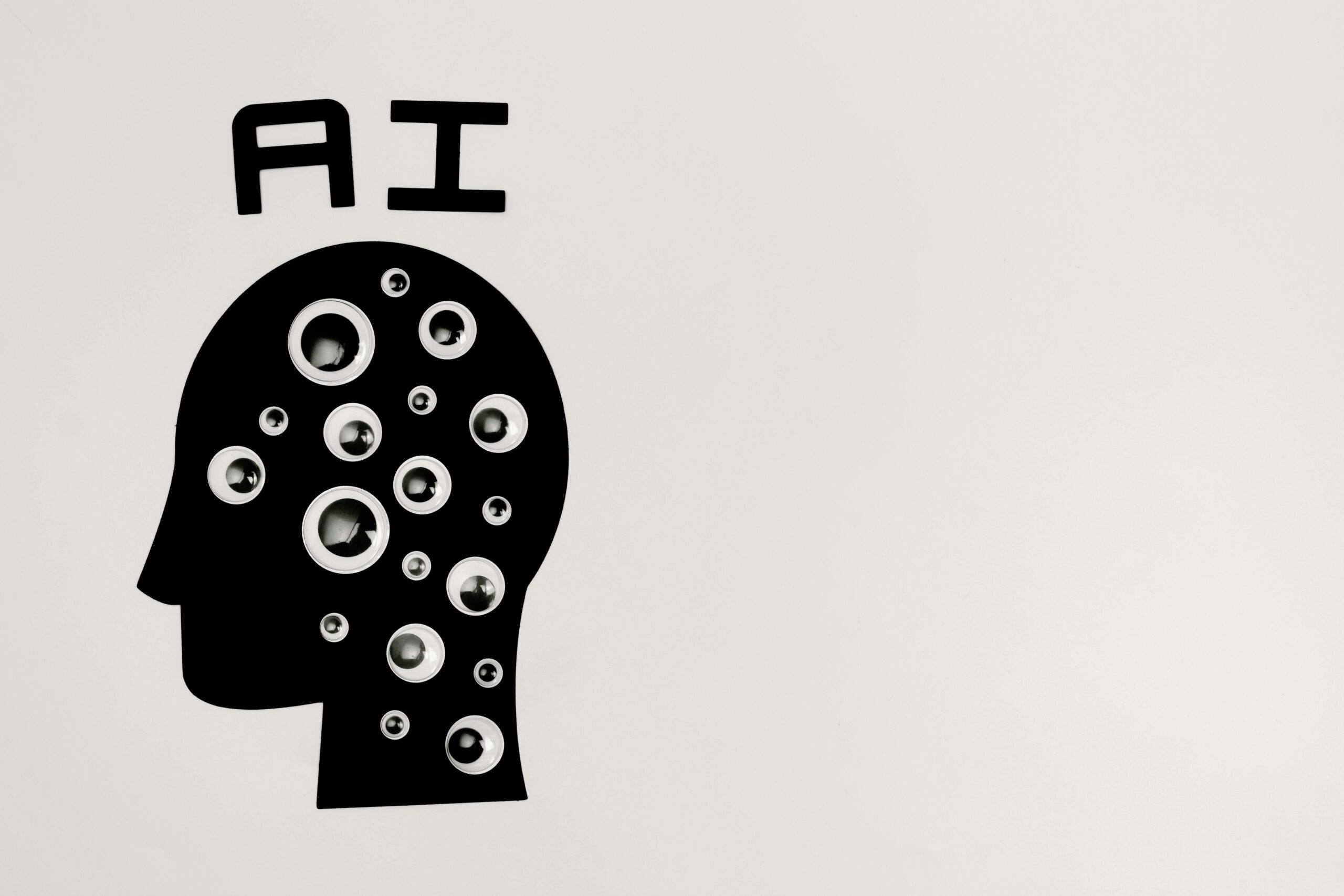Artificial Intelligence (AI) has moved from being a futuristic concept to a practical tool reshaping industries—and education is no exception. From personalized learning platforms to AI-powered grading systems, the presence of AI in classrooms and universities is rapidly growing. As we step deeper into the digital education era, understanding AI’s impact on learning, teaching, and academic integrity becomes essential for students, educators, and policymakers alike.
This essay explores how AI is transforming education, its benefits, its challenges, and what the future may look like as artificial intelligence becomes an everyday part of the learning experience.
🌍 The Rise of AI in Education
The last decade has seen AI applications explode across sectors. In education, its adoption has been accelerated by:
-
EdTech startups introducing adaptive learning apps.
-
COVID-19 remote learning, which pushed schools to integrate technology faster.
-
AI research progress, especially in natural language processing (NLP) and machine learning.
Common examples of AI in education today include:
-
Chatbots for student support (answering FAQs about courses, deadlines, and admissions).
-
Adaptive learning platforms like Khan Academy and Duolingo, which personalize lessons.
-
Automated grading systems that score multiple-choice tests and even essays.
-
AI study assistants (ChatGPT, Claude, Gemini) that help with brainstorming, outlining, and problem-solving.
📚 Benefits of AI in Education
1. Personalized Learning
One of AI’s biggest contributions is customizing the learning journey. Traditional classrooms often use a one-size-fits-all model. AI tools analyze student data—performance, pace, preferences—to adjust content difficulty and provide targeted exercises.
-
Example: If a student struggles with algebra but excels in geometry, AI-driven software assigns more algebra practice while advancing them in geometry.
2. Improved Access and Inclusivity
AI makes education more inclusive by breaking down barriers:
-
Language translation tools (e.g., real-time captioning, text-to-speech, translation apps) help non-native speakers.
-
Accessibility features like voice recognition and screen readers support students with disabilities.
-
24/7 availability of AI tutors means students in different time zones or with unusual schedules can still learn effectively.
3. Efficiency for Teachers
AI reduces teacher workload by automating repetitive tasks:
-
Grading objective assessments.
-
Creating practice quizzes.
-
Organizing lesson materials.
-
Answering common student questions through chatbots.
This allows teachers to focus more on creative, human-centered teaching—critical thinking, mentorship, and social-emotional learning.
“If you’re looking for practical study help, check out our [essay writing guide].
4. Enhanced Student Engagement
Gamified AI platforms keep learners motivated through points, levels, and personalized challenges. Tools like Quizlet’s AI-generated flashcards and Duolingo’s adaptive exercises help students stay engaged and retain information longer.
5. Data-Driven Insights
AI systems collect and analyze huge volumes of student data. Teachers and administrators can use this information to:
-
Spot at-risk students early.
-
Identify learning gaps.
-
Improve curriculum design.
⚠️ Challenges and Concerns of AI in Education
While AI offers transformative benefits, it also raises important challenges:
1. Equity and the Digital Divide
Not all students have equal access to AI-powered tools. High costs, poor internet connectivity, and limited devices can widen the education gap between privileged and underprivileged students.
2. Over-Reliance on Technology
AI should support, not replace human learning. Heavy dependence on AI tutors or essay generators may weaken students’ ability to think critically, research independently, or write creatively.
3. Bias in AI Algorithms
AI is only as unbiased as the data it’s trained on. If the datasets contain biases, the AI may unintentionally reinforce stereotypes or give misleading results. For example, language models might reflect cultural or gender bias in examples and suggestions.
4. Academic Integrity
With AI tools capable of generating essays, solving math problems, or answering exam questions, schools face new challenges in plagiarism detection and authentic assessment. Educators must rethink how to test genuine student understanding.
SEO Keywords: AI plagiarism, academic integrity, AI cheating in education
5. Privacy Concerns
AI relies on data collection—student performance, behavior, even biometric data. Without strict safeguards, this raises concerns about data privacy, consent, and cybersecurity risks.
🏫 Case Studies: AI in Action
Example 1: Duolingo
The language-learning app uses AI to adjust lesson difficulty, track progress, and give real-time pronunciation feedback—making learning more fun and efficient.
Example 2: Grammarly & AI Writing Assistants
These tools help students edit essays, improve grammar, and check for plagiarism. While incredibly useful, they spark debates on authentic writing vs. AI-assisted writing.
Example 3: Georgia State University Chatbot
This AI chatbot helps incoming freshmen navigate admissions, financial aid, and course enrollment—significantly improving retention rates.
🔮 The Future of AI in Education
Looking ahead, AI will likely shape education in these ways:
-
Virtual Classrooms with AI Tutors: Fully immersive, AI-powered environments guiding students in real-time.
-
Hyper-Personalization: AI will track learning across multiple platforms and adapt lessons accordingly.
-
AI-Enhanced Teacher Training: Educators will receive real-time classroom analytics to improve teaching methods.
-
Global Learning Communities: AI translation will allow students worldwide to collaborate without language barriers.
-
Ethical AI Education: Schools will teach not just with AI but also about AI—its ethics, uses, and dangers.
✅ Balancing AI and Human Learning
AI is a powerful tool, but it should complement, not replace human educators. Teachers bring empathy, mentorship, and creativity—qualities AI cannot replicate. The best future of education lies in a hybrid model where AI handles personalization and efficiency, while humans guide critical thinking, ethics, and emotional growth.
📌 Conclusion
Artificial Intelligence is transforming education faster than ever before. Its potential to personalize learning, expand access, and support teachers is revolutionary. However, challenges like equity, bias, integrity, and privacy must be carefully managed.
The impact of AI on education is not about replacing teachers but empowering them. It’s about making learning smarter, fairer, and more accessible—if we use it responsibly.
As students, educators, and policymakers embrace AI, the goal should remain clear: to use technology not just for efficiency, but to build a more inclusive, engaging, and human-centered education system.
post comments
Together We Rise: A Campaign for Everyone




